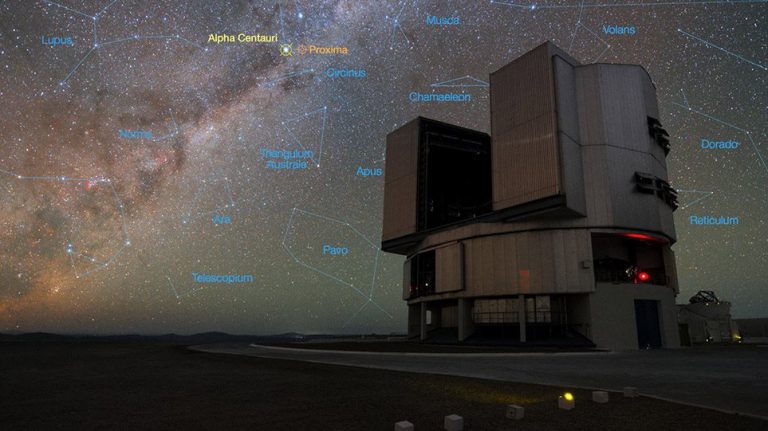The nearest solar system to our own may actually host two potentially life-supporting planets, a new study reports.
In 2016, scientists discovered a roughly Earth-size world circling Proxima Centauri, part of the three-star Alpha Centauri system, which lies about 4.37 light-years from Earth. The planet, known as Proxima b, orbits in the “habitable zone,” the range of distances from a star at which liquid water could exist on a world’s surface. (A second planet, Proxima c, was later discovered circling the star as well, but it orbits farther away, beyond the habitable zone’s outer limits.)
There’s considerable debate about the true habitability of Proxima b, however, given that its parent star is a red dwarf. These stars, the most common in the Milky Way, are small and dim, so their habitable zones lie very close in — so close, in fact, that planets residing there tend to be tidally locked, always showing the same face to their host stars, just as the moon always shows Earth its near side. In addition, red dwarfs are prolific flarers, especially when they’re young, so it’s unclear if their habitable-zone worlds can hold onto their atmospheres for long.
The megalithic mystery of the Greek Dragon Houses (photos)
Prince Philip’s funeral in the chapel of St. George (video-photos)
Source: space.com
Ask me anything
Explore related questions





